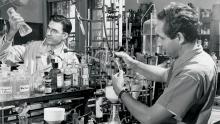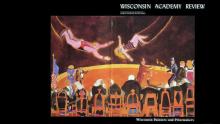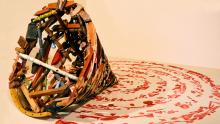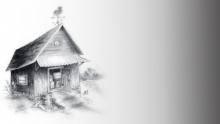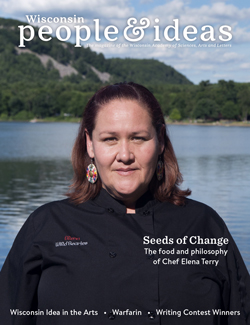
In this special double issue: Meet Chef Elena Terry, who draws on her Ho-Chunk roots to create foods that educate and satiate, and learn about Natural Climate Solutions that cleverly take advantage of our woods, farmlands, and urban green spaces. Examine the origins of warfarin, one of the most-prescribed drugs in the world, and trace the history of the Wisconsin Idea in the arts. We offer a sneak peek at the four Watrous Gallery exhibitions rescheduled for 2022, due to the closure of Overture Center, and proudly share the award-winning works from our 2020 fiction and poetry contests.





